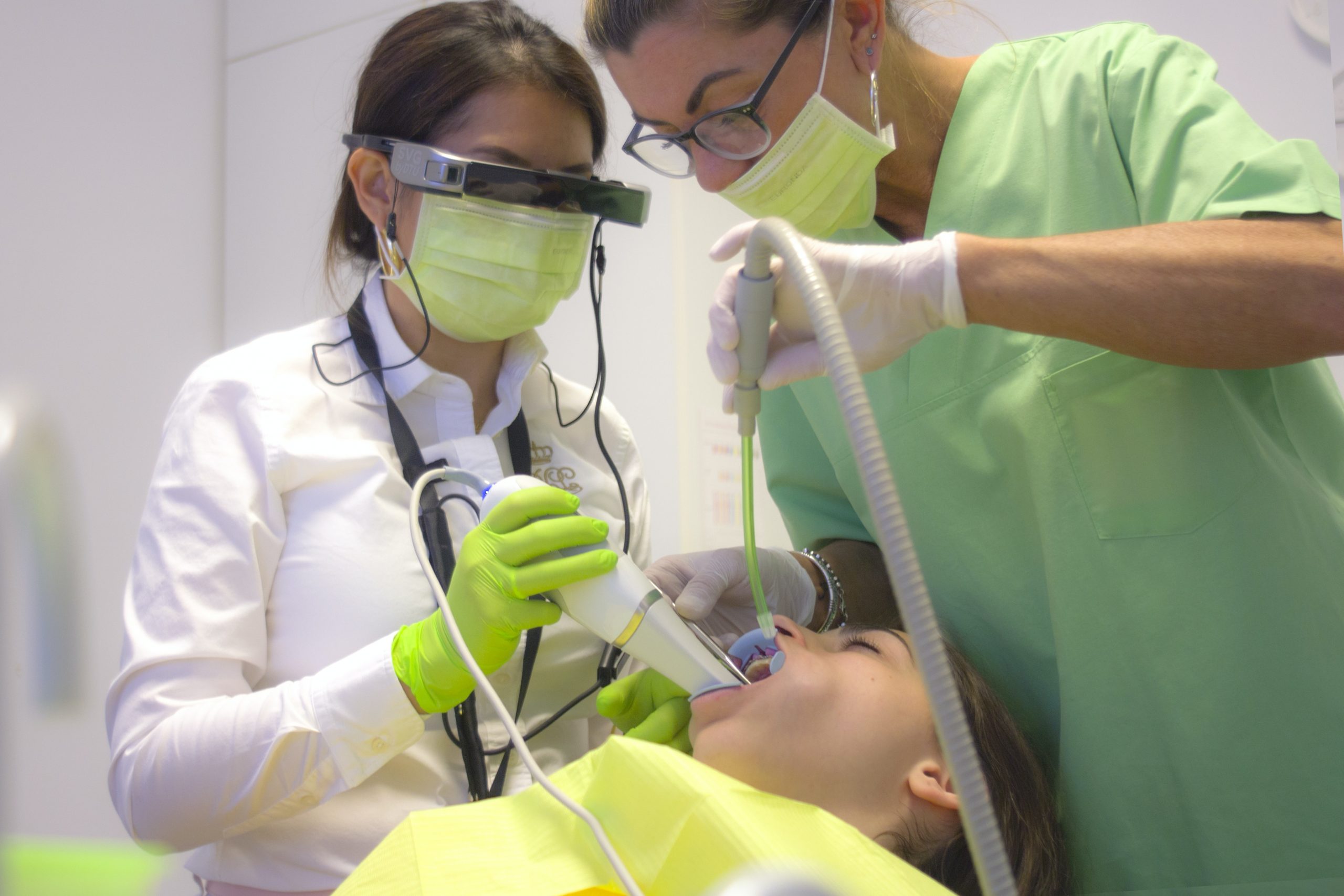Changing Parkinson’s Research by digital technology
Digital technology taking forefront for changing parkinson’s research. They wrote that electronic health records “will be linked to clinical data storage that combines hospital and practice data, population health analysis databases that provide risk and disease prevention information, and digital technologies used by patients.” 2 They also hope that future data protection laws will be stricter, which will reduce the risk of data leakage and increase patient acceptance of electronic health records. It is expected that similar tools can be developed to facilitate continuous monitoring of the disease performance of PD patients. And the cost is covered by health insurance,” said Dr Hansen and the university.
The advantage of this method is alongside changing parkinson’s research also plays “in the longitudinal multimodal disease course, the medical evidence from individual patients is standardized to compare and group different patient courses to be able to predict Individual disease course, to achieve the expected therapeutic effects of specific interventions,” Jochen and Klucken, MD, of the Department of Molecular Neurology, Friedrich Alexander University, and his colleagues in the Journal of Parkinson’s Disease wrote.
The application of technology in changing Parkinson’s research , the neurology consultant had a brief conversation with the director of the centre and professor of neurology, doctor of medicine, and master of science Alberto J. Espai. James J of the University of Cincinnati Academic Center for Parkinson’s Disease and Movement Disorders. And Professor Joan A. Gardner, Professor of Health.
In the future, they will develop a unified platform to integrate and synchronize data from multiple technologies. This is one of the goals of the social technology working group’s engine failure, which can provide more complete than any other technology. Patient function diagram. We currently have. Hansen S., Sanchez Ferro A., Metzler V. How mobile medical technology and electronic medical records will change the care of Parkinson’s patients. 20 years after the fight against Parkinson’s disease: the road to digital health According to various surveys and studies, from mobile phone applications to telemedicine, digital health technology is advancing the research and clinical treatment of Parkinson’s disease. Parkinson’s disease and the use of technology in editorials to change the clinical care and research of Parkinson’s disease is emphasized.
Digital technologies are now part of many aspects of society, including healthcare and research, and their role in current clinical practice and Parkinson’s research. “This particular application contains a series of briefings on many practical and important issues, such as digital surveillance, telemedicine, digital therapy, virtual clinical trials, and digital progress biomarkers for clinical trials,” Mirelman said. The application of digital technology in clinical practice is still limited. “Although the accumulated evidence shows the feasibility, practicality and practicality of various methods of digital technology, the application of digital technology in clinical practice has been limited for a long time,” said Bastian Bloom, MD, The author of the study at the Nijmegen Medical Center, Radeburg University, the Netherlands.
Due to the restrictions imposed by the ongoing coronavirus pandemic, digital health technologies have been expanded, and neurological care and research have undergone rapid changes. From telephone applications to telemedicine, experience in the field of digital health is driving the development of Parkinson’s disease and health analysis in a completely different way.
Many comments on the digital health of Parkinson’s disease are the focus of a specific issue published in the journal Parkinson’s disease, and use technology in editorials to change the attention, clinical, and research of Parkinson’s disease. disease. Digital experience, like healthcare and analysis, is part of many elements of today’s society, and progress is being made in current medical applications and Parkinson’s disease analysis. Mirelman said that this particular add-on contains many confidential reviews and summaries of related topics that are reminiscent of digital surveillance, telemedicine, digital therapy, digital medical research, and digital developmental biomarkers for medical research.










